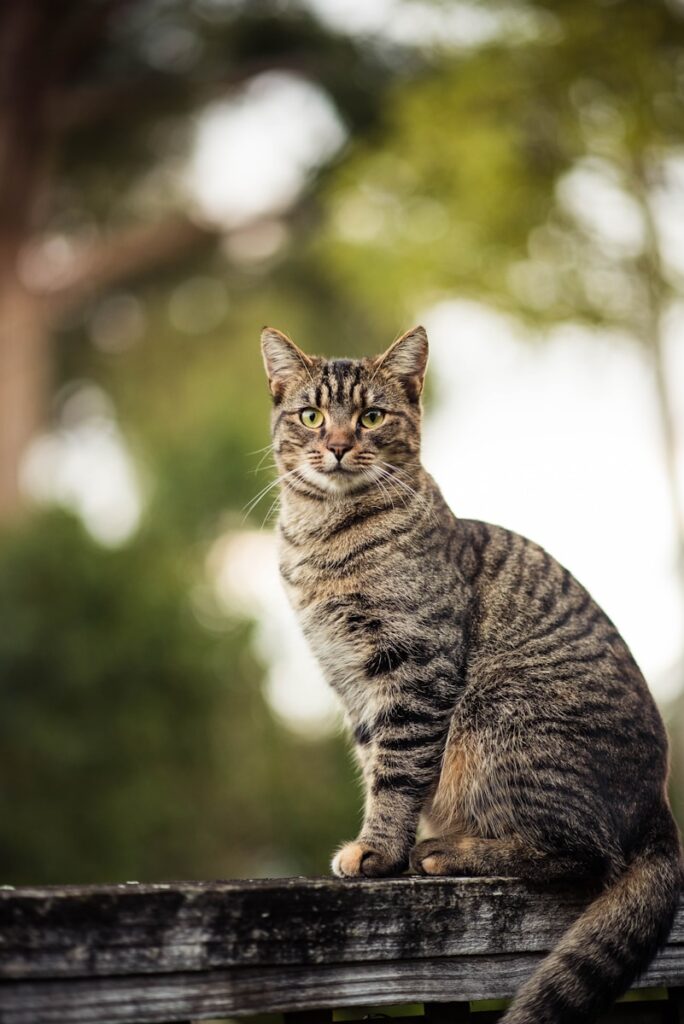A new opinion poll has revealed a surge in public support for the reintroduction of lynx to Scotland, raising concerns that First Minister John Swinney’s outright rejection of the proposal is misaligned with public sentiment. The poll, conducted by Survation for the Lynx to Scotland Partnership in January, shows that 61% of Scots now support the return of lynx, an increase of nine percentage points since 2020. Opposition to the idea has fallen to just 13%, highlighting shifting perceptions and a growing recognition of the species’ ecological benefits.
The findings coincide with an open letter, signed by 20 organisations, that has been sent to the First Minister. The letter questions his stance after he dismissed the idea of lynx reintroduction at the National Farmers Union Scotland Conference. During the event, Mr Swinney remarked that his government had no plans to reintroduce lynx or any other large carnivorous species in Scotland.
Mounting Pressure for Reintroduction
The letter argues that the First Minister’s position is inconsistent with Scotland’s commitment to addressing the nature emergency. It highlights the environmental, climate, and economic benefits of reintroducing lost species. The signatories also question why Scotland, which has the habitat to sustain around 250 lynx, cannot accommodate their return when other countries coexist with much larger predators.
Steve Micklewright, Chief Executive of Trees for Life, one of the organisations advocating for reintroduction, stated: “This poll demonstrates that more Scots now support the return of lynx and recognise that the benefits of reintroducing them far outweigh any concerns. A carefully managed reintroduction programme would enhance Scotland’s biodiversity, strengthen climate resilience, and contribute to economic prosperity.”
Lynx are considered a keystone species, playing a crucial role in maintaining ecological balance by controlling deer populations, which helps forests regenerate naturally. The absence of lynx has negatively impacted Scotland’s biodiversity, and their return could address this imbalance.
Scientific and Public Support
Research has established that Scotland’s landscape has sufficient habitat to support a stable lynx population. However, government approval is required before any reintroduction can take place. The process would involve thorough habitat assessments, public consultations, and extensive stakeholder engagement to ensure the concerns of farmers and landowners are addressed.
Peter Cairns, Head of Rewilding at SCOTLAND: The Big Picture, condemned recent events surrounding abandoned lynx in the Cairngorms, calling them counterproductive to conservation efforts. “Last month’s abandonment of lynx in the Cairngorms was reckless, but that should not be used as a justification to dismiss a well-planned and managed reintroduction. Given the increasing public support and the careful groundwork being laid by conservation groups, the First Minister’s stance appears out of step with the people of Scotland. We urge him to reconsider his position and engage in constructive discussions on this issue.”
The Lynx to Scotland Partnership, composed of SCOTLAND: The Big Picture, Trees for Life, and The Lifescape Project, continues to work closely with stakeholders to explore a responsible reintroduction plan. As support grows, conservationists remain committed to ensuring that any future reintroduction aligns with best practices and benefits both wildlife and local communities.
